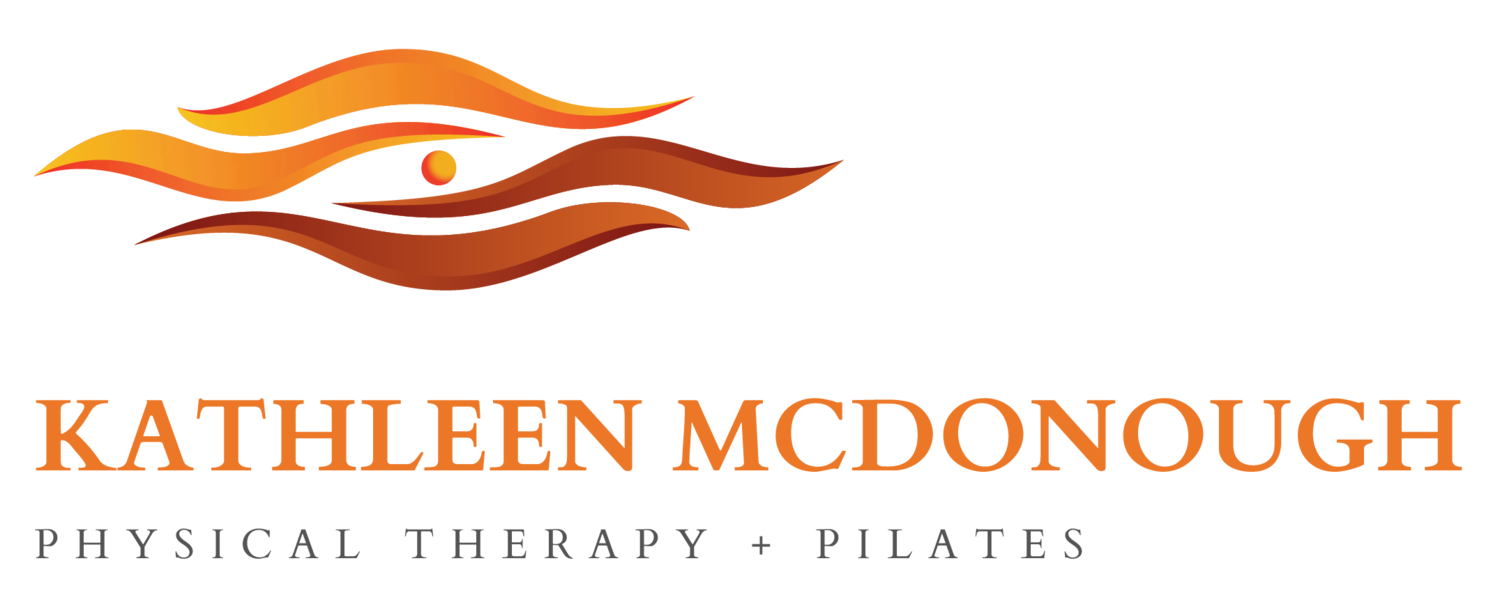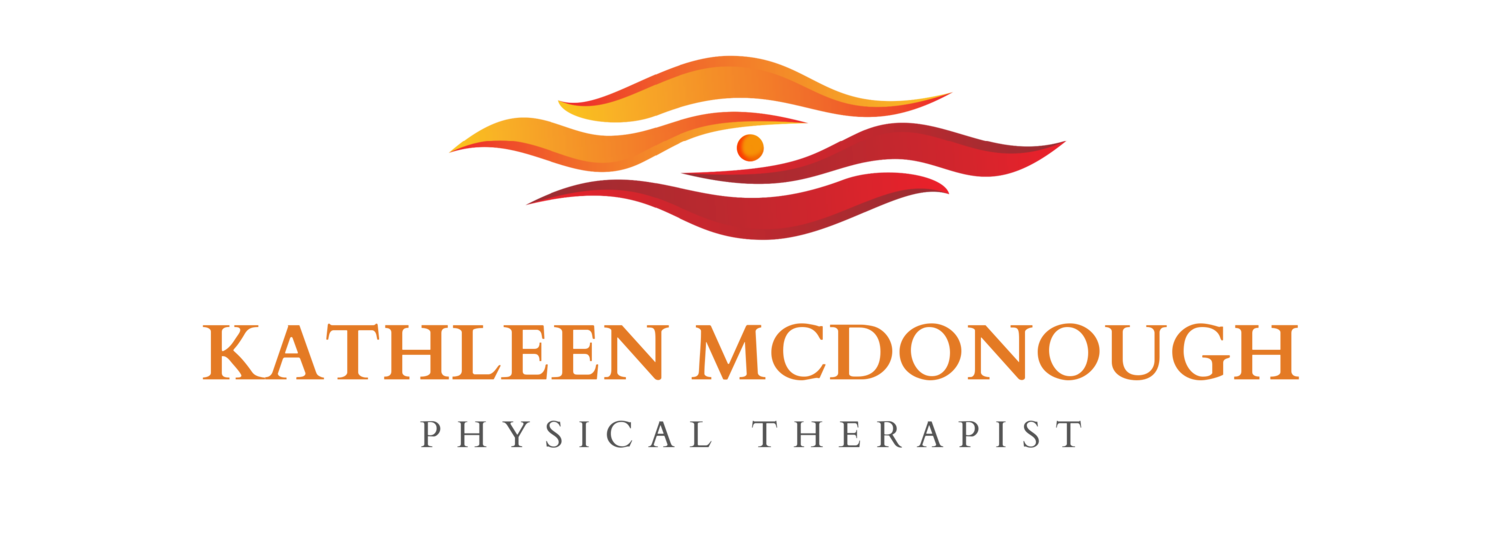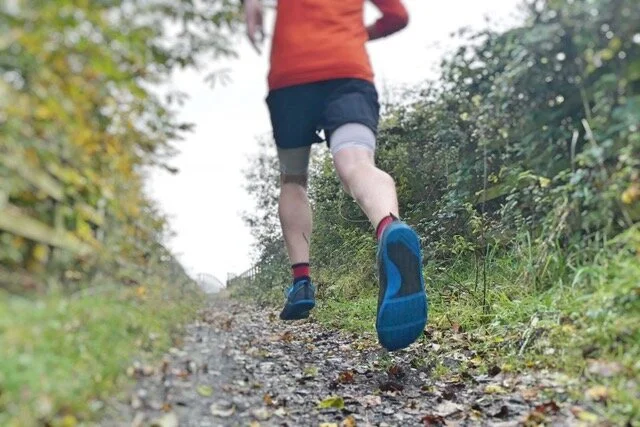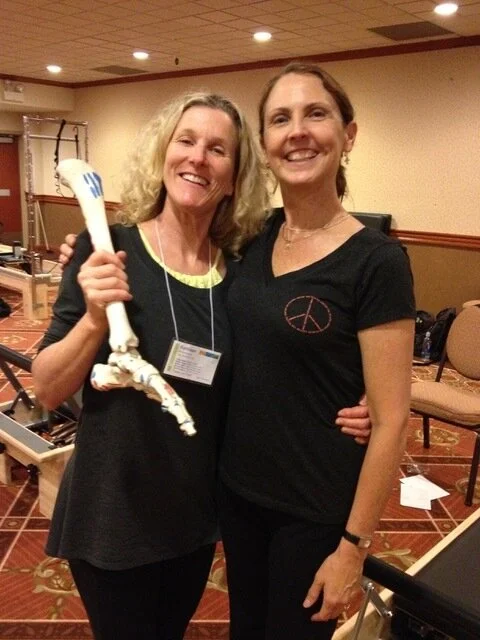Part III - Your Fantastic Feet
Minimal Running: What is it? Should I try it?
Many years ago, I was away with friends, sitting around the fire, and my friend Susan, reading an article in Runners’ World, asked what I thought about Barefoot Running. I had never heard of such a thing, and my first reaction was “that is the dumbest thing I have heard of, and sounds like a good way to get injured.” Fast forward a few more years and much more reading on the topic, I was intrigued. I was in my 40’s, still ran on trails in “modern running shoes” that I swapped for a new pair every 3-4 months, but almost always started the first third of the run with creaky knees. I wasn’t confident that I could keep running into my 5th decade and beyond.
As you all know, I am a physical therapist and Pilates teacher, and at that time, I worked in socks, I had strong and flexible feet and a strong core (thank you, Pilates). I thought that if anyone should be able to make the switch to minimal style running shoes successfully, I certainly should.
On my first runs with my new low-drop, minimal shoes, I started out with my old shoes on my feet and the new shoes tied around my waist. I warmed up, started slowly, and swapped my shoes about half-way through my run.
Immediately, with the new shoes, my knees were happier, and I did not have that creakiness anymore. I had thought that I might switch back and forth between the 2 styles of running shoes, but once I started wearing the low-drop, more minimal shoes, my knees said, “Kathleen, don’t switch back!” I did get a small Achilles bump – a thickening in the Achilles tendon that often accompanies Achilles tendonitis (or, in my over-40 case, not an inflammation / tendonitis, but a mushy tendinosis). Since I was a PT, I treated first the left, and then the right with a standard protocol of treatment, and everything went away quickly.
I have been in minimal shoes ever since, and have never, ever, looked back.
So, what’s the story with minimal style running shoes? Just for a little historical perspective, here is Frank Shorter, winning the Olympic Marathon in 1972, wearing very minimal shoes. This was what running shoes looked like back then (and for decades before then as well).
With the advent of the jogging craze in the 70’s and the subsequent high numbers of leg injuries, shoe companies promised that their “modern running shoes” would reduce the risk of injury. Promising “stability,” “anti-pronation” and “motion control” via more support, and more cushion would make running safer and reduce injuries. It just didn’t turn out that way. The more they tried to out-engineer, restrict and “protect” the foot, the higher the injury rates climbed.
Fast forward to 2004-6: the release of the first “minimal shoes” on the market (Nike Free and Vibram Five Fingers) and 2009, the publication of Born to Run, sparked much chatter in running circles. Early on, the minimal shoe v traditional shoe debate could practically start a fight. I was a speaker at our local running shoe store, along with a Chi Running instructor who was also a life-long competitive runner; she and I were minimal shoe advocates. The minimal shoe fans were on one side of the store and the traditional shoe tribe on the other. There was a lot of disagreement, a lot of shouting, and not yet much research to supporting either camp.
Fast forward to the 20-teens: more and more research has supported what many of us had experienced: the so-called “modern running shoe” changed our running gait, and not for the better. As the cushion and support was increased under the heel and arch, the more likely we were to put our heel out in front of us, instead of the foot falling roughly underneath us. The built-up heel and the resultant altered pattern of running is referred to as “over-striding” – your foot contacts the ground out in front of you, and you push off less from your hips.
Over-striding and advancing your heel in front of you transfers the work of running from your big, strong hip extensors, feet and calves, to a braking force necessary at the quads, increasing stress on the knees. Many times over, studies have shown that “traditional shoes” increase both the overall impact with each footfall, and create an even higher “spike” of impact at heel strike (neither are present with minimal shoes).
Attempts to reduce injuries by out-engineering and out-smarting our feet did not work.
Some of the fixes that shoe companies included making big wide heels that flared out to the side. These shoes were often touted as increasing stability, but actually the lateral flare of the heel actually INCREASED the pronation force.
Image from “The Gait Guys”
Pronation, to some degree, is a natural occurrence at the foot during walking and running, but increased, excessive pronation can lead to altered forces and stress at the knee and hip. (see “Medial Collapse” in my earlier Foot Blog part 2)
The running gait pattern produced by a “traditional shoe” was not natural, nor optimal for healthy joints. The research is clear and the debate is over: more minimal shoes make for a more natural stride with less impact and fewer injuries.
In 2014, I did a deep dive into modern running form and the Pilates Method, and what they had in common. Joseph Pilates said that walking, reduced to its most basic, was simply taking your well-aligned, strong and flexible form and leaning forward until one foot fell underneath you and you took a step, and the other leg pushed off with strong hip extensors, calf muscles and feet. “Minimal style running” is exactly the same as what Pilates described. I presented this workshop at the Pilates Method Alliance Meeting and at the Big Bang Conference at the Pilates Center in Boulder CO (co-founded by one of my most influential and brilliant teachers, Amy Alpers). When trying to make a better performing and safer runner, Pilates may not be the first technique that comes to mind, but the goals and benefits that we emphasize in Pilates -balanced muscular development, strength from the inside (core) out, improved flexibility, improved coordination and efficiency in movement- is a perfect remedy.
Over the past 10 years or so, I have attended many research symposiums on running and modern running form, presented by some of the most brilliant running researchers in the world. Dr. Irene Davis, Spaulding National Running Center at Harvard, Dr. Chris Powers, USC Musculoskeletal Biomechanics Center, and Dr. Brian Heidersheit, University of Wisconsin Neuromuscular Biomechanics Lab have all presented and published scores of studies on reducing running injuries and optimal running form. They all have slightly different approaches to reducing running injuries: Dr Davis often focuses on the foot (no wonder she is one of my heroes!), Dr Powers on the hips, and Dr Heiderscheit on multiple factors in technique, such as cadence. They all are in agreement though, when it comes to shoes, and so is the research.
There really is no controversy; less is more.
Now, I can hear the scores of die-hard runners yelling back at me that they LOVE their big, overly supportive shoes (and stiff inserts), and could not continue to run without them. I believe them; sadly, this is true. Runners are going to run. Period. If you do not or cannot get strong, flexible functioning feet (because of previous injury, for example), or if you do not have strong, flexible functioning hips (perhaps you don’t have access to determining what needs improving, your hips are restricted by joint degeneration, or you just don’t have the patience to do that work), you might not be able to transition successfully to a minimal shoe.
Some early studies of competitive runners transitioning to a minimal shoe did cite injuries, usually because the transition period was too short. I will say it again: what is required to transition without injury? Strong flexible feet, strong calf muscles (any guesses as to how many calf raises runners should be able to do on each foot?), strong hip extensor muscles AND good flexibility of the hip flexors, and a strong core. Control, Concentration, working from your center, flowing movement, breath. Sounds like Pilates to me!
I am a physical therapist and Pilates teacher, and my middle name really is Hope, so my charge is to help you give it a try. Take another look at Part 1 and Part 2 of Your Fantastic Feet, try some of the exercises, and make strides towards healthy, strong, and flexible feet and hips. Fabulous feet and healthy hips are key to pain-free, active aging.
See you on the trail!
Kathleen McDonough, PT, MA, MCPT
Ps: If you missed it, check out the interview I did with Steven Sashen, creator and owner of Xero Shoes (and a very informed and entertaining speaker!) on stretching, shoes, running and feet.







